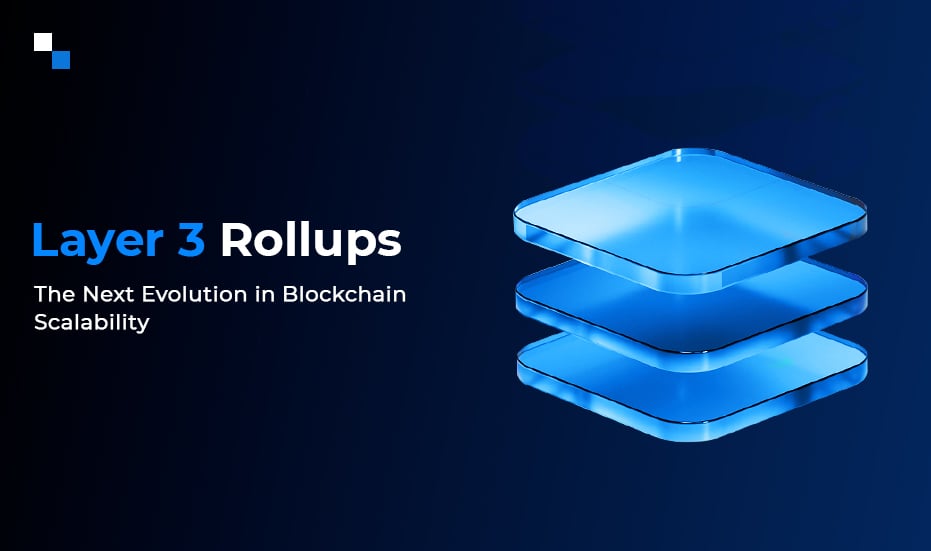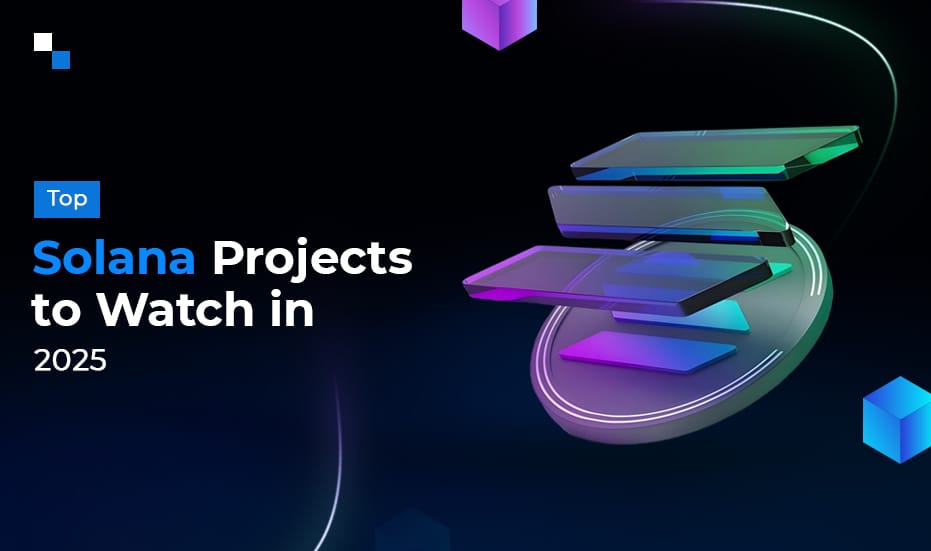Metaverse Catwalk- Showcasing Virtual Fashion Creations
October 4, 2023
Beauty Industry in Metaverse: How Businesses Are Leveraging It?
October 5, 2023Intent is the latest trend that is gaining momentum in the Web3 space. The concept of intent is designed to serve the user’s needs and simplify things. Imagine you’re at a busy shopping center with a list of things you want to buy. Finding the desired product at a place you’ve never visited before would be challenging. What if you visit the mall with your friend who knows the place well enough? He will be able to find all the items on your list easily. The intent works similarly in the Blockchain space.
Let’s dive in and see how intent can revolutionize the Blockchain development.
What are Intents?
Intent-centric Blockchain focuses on understanding ‘why’ actions rather than figuring out ‘what’ and ‘how.’ Instead of saying, ‘I want to send X amount from this account to another account,’ you say, ‘I want to send X amount to John.’ Intent in the digital world aims at the user’s intention and further takes action.
Types of Intents
The following are different types of intents you must check out.
- Simple Intents: It includes direct desires with no conditions. Example: Wanting to buy 100 USDT worth of ETH.
- Searcher Intents: It focuses on specific desires with conditions while execution. Example: Desire to swap tokens when the gas fee is below a certain threshold.
- Arbitrary Intents: It includes complex desires with multiple conditions. Example: Want to maximize yield over a month, requiring the platform to move funds between different DeFi opportunities.
How Intent Works
Expressing an intent in the Blockchain world means telling the system to perform a particular action. But how does the system understand it?
Consider “solvers” as smart assistants. When a user expresses an intent, solvers come into play and find the best way to perform it. It seems like telling your friend, “I’m hungry,” and he immediately orders your favorite meal. The role of solvers is to ensure the intent is achieved.
The intent can simplify the DeFi world. For instance, a user wants to swap a token at the best price. Instead of browsing multiple platforms and checking rates, just state the intent. Solvers will find the best route and accomplish it using smart contracts.

Why Intent-centric Blockchain Matters
The following are a few compelling reasons that highlight why Blockchain’s intent-centricity holds a huge importance today-
- Improved Security & Privacy: The intent-centric model focuses on the end goal. Users only share their intent rather than the steps required. Less exposure to the user’s strategies enhances privacy which is extremely crucial in the era of increasing frauds.
- Enhanced User Experience: Anoma and 1inch or Chainge are some examples of intent-centric platforms that focus on the user’s intent and further take action. These platforms save time and hassle for users and make Blockchain more accessible to a wide range of users.
- User-centricity: Traditional Blockchains are transaction-focused, whereas intent-centric Blockchain pays attention to user intentions. This user-centricity shows the Blockchain is designed to meet the user’s specific needs.
- Applications Across Various Industries: Intent-centric models can be implemented across various industries, ranging from supply chain to gaming, healthcare to finance. It improves the efficiency of these industries.
- Reduced Transaction Fees: The user can optimize the transaction with intent. It eliminates the need for performing multiple individual transactions. It encourages single-optimized transactions to fulfill the intent that reduces the transaction fees.
Combination of Intent with Account Abstraction
The fusion of Intent and Account Abstraction unfolds new possibilities in the Blockchain space. For instance, the user expresses the intent to invest X amount in a DeFi protocol. In such a case, account abstraction enables smart contracts to automate and execute these intents. This combination makes the user interaction with Blockchain simple and makes the technology accessible to a broad audience. The amalgamation of intent with account abstraction indicates a new era of user-friendly and secure Blockchain interactions.
Conclusion
The introduction of an intent-based approach in Web3 space enables several business infrastructures to provide an enhanced user experience and prevent potential exploitation by sophisticated actors. This user-centric approach is considered better than a current transaction-based approach that proves to be complex and time-consuming for end users.
Antier always walks with the ongoing Blockchain trends and hence, follows the intent-centric approach in order to enhance the user’s Blockchain experience. Reach out to our consultants to learn how we embrace this approach to generate maximum value.



